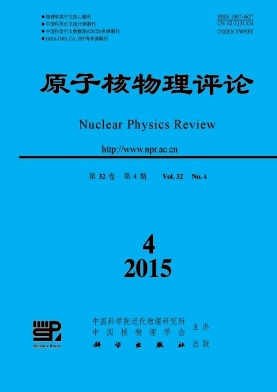Study on the Capture and Acceleration Efficiency in HIAF-CRing
doi: 10.11804/NuclPhysRev.32.04.421
- Received Date: 2015-01-27
- Accepted Date: 2015-12-20
- Rev Recd Date: 2015-02-09
- Publish Date: 2015-12-20
-
Key words:
- simulation /
- HIAF /
- compression /
- adiabatic capture /
- acceleration
Abstract: To reduce the beam loss during the capture and acceleration processes of CRing in HIAF project, the longitudinal beam motion is investigated using the typical ion of 238U34+during the two processes mentioned above. The ions will be captured adiabatically firstly and then will be accelerated from 800 to 1130 MeV/u with a high efficiency using optimized RF voltage and RF phase program. After that the bunched beam will be debunched for the later beam compression. Simulation of these processes by tracking appropriate distributions with the longitudinal beam dynamics code ESME has been used to
find optimum parameters such as RF phase, RF voltage. The variation of the parameter during the RF cycle and the character parameters of the RF cavity are presented.
| Citation: | SHANG Peng1、2, YIN Dayu1, XIA Jiawen1, YANG Jiancheng, QU Guofeng, ZHENG Wenheng, LI Zhongshan, RUAN Shuang. Study on the Capture and Acceleration Efficiency in HIAF-CRing[J]. Nuclear Physics Review, 2015, 32(4): 421-427. doi: 10.11804/NuclPhysRev.32.04.421 |






 甘公网安备 62010202000723号
甘公网安备 62010202000723号 DownLoad:
DownLoad: